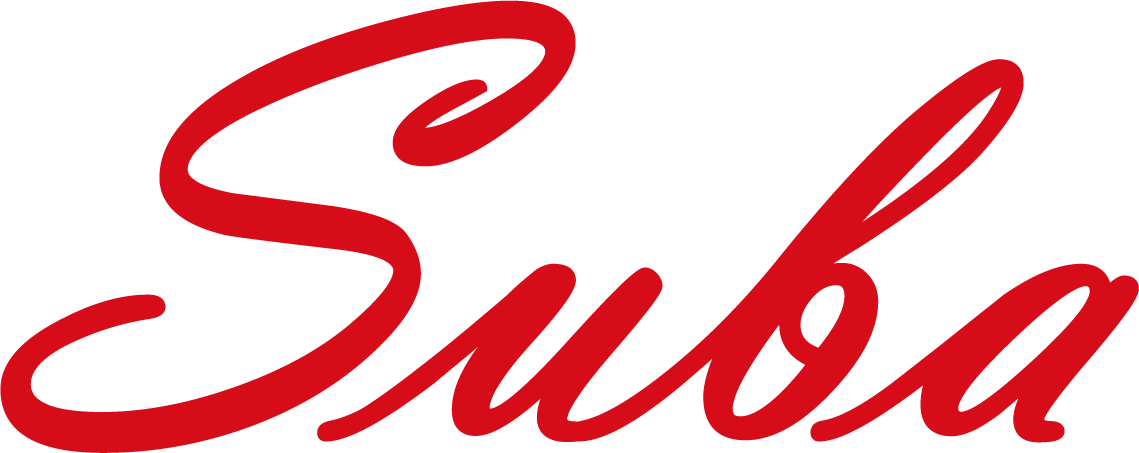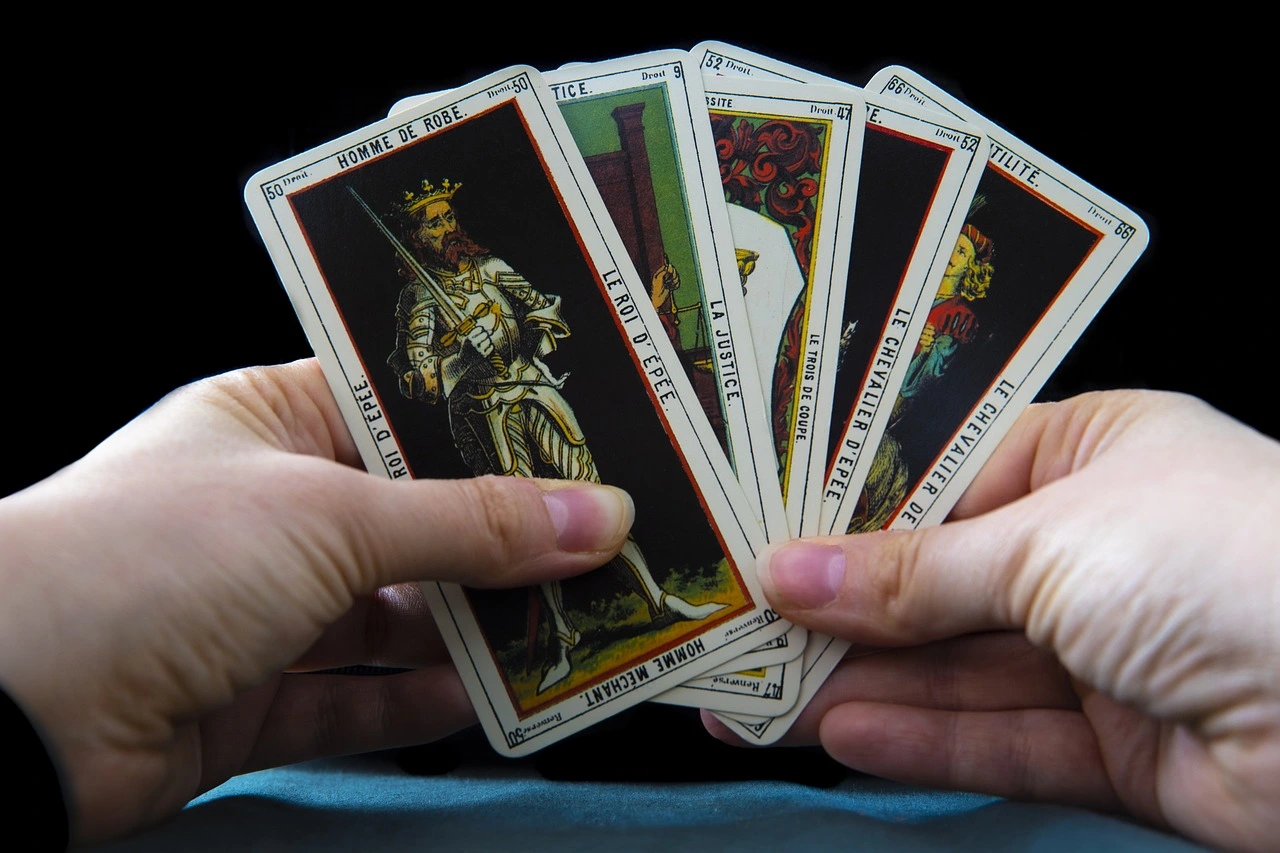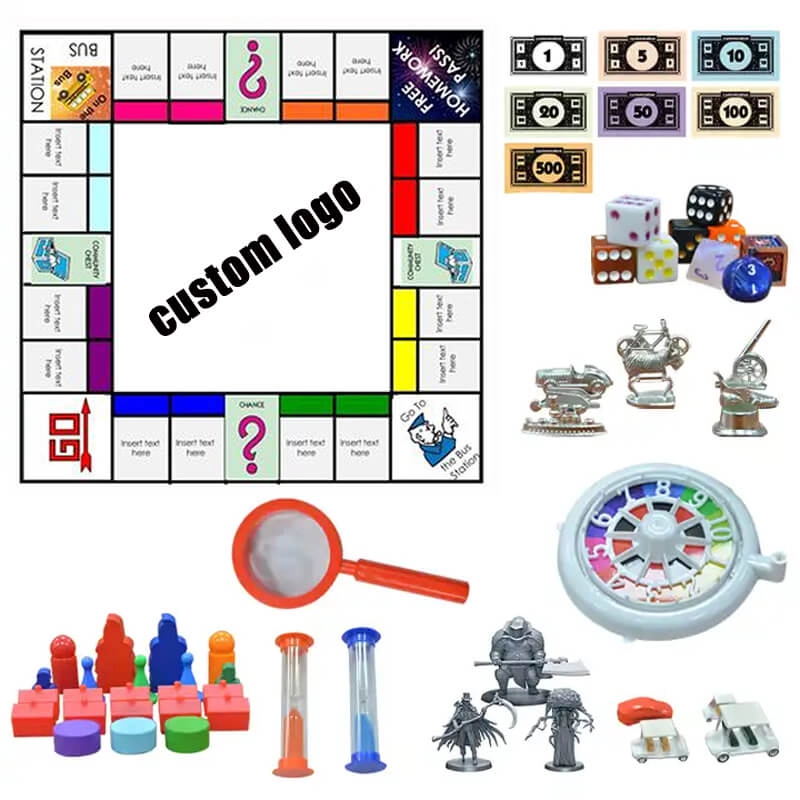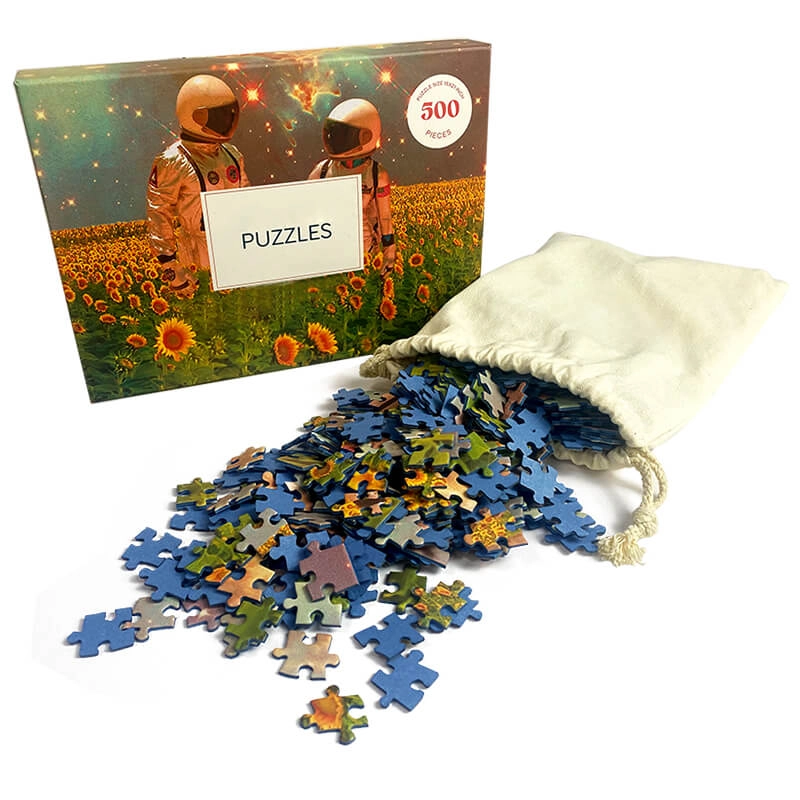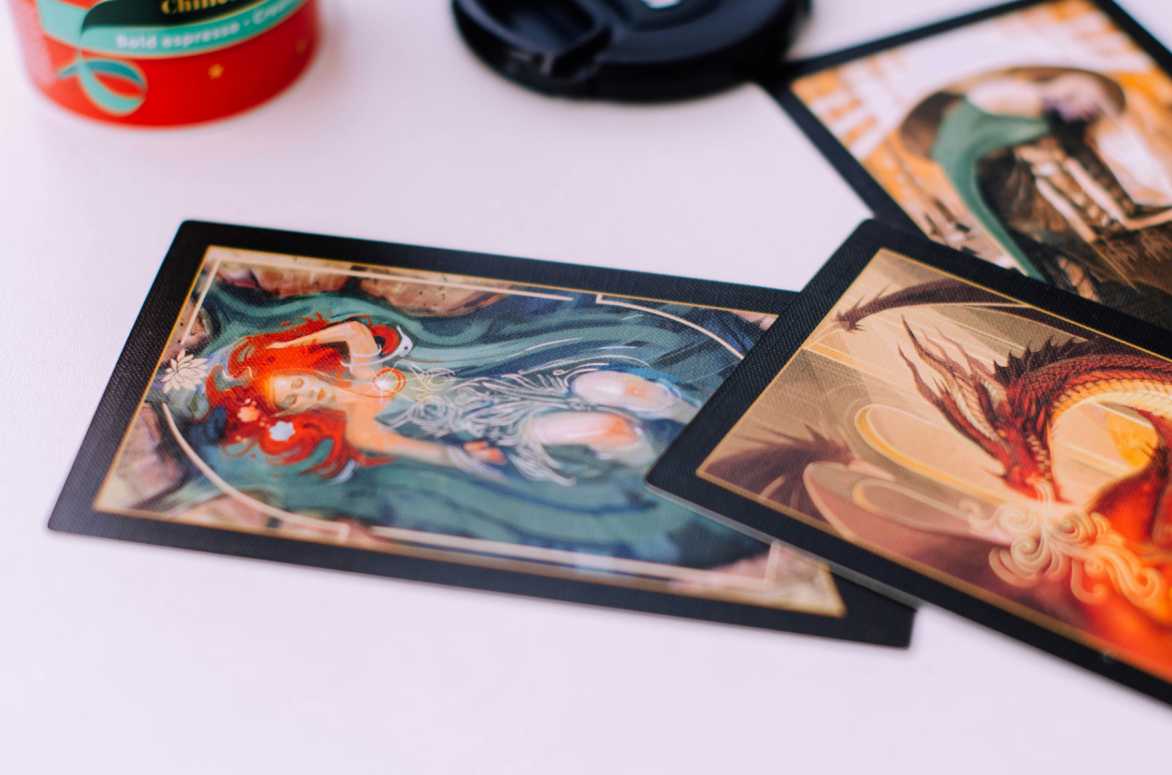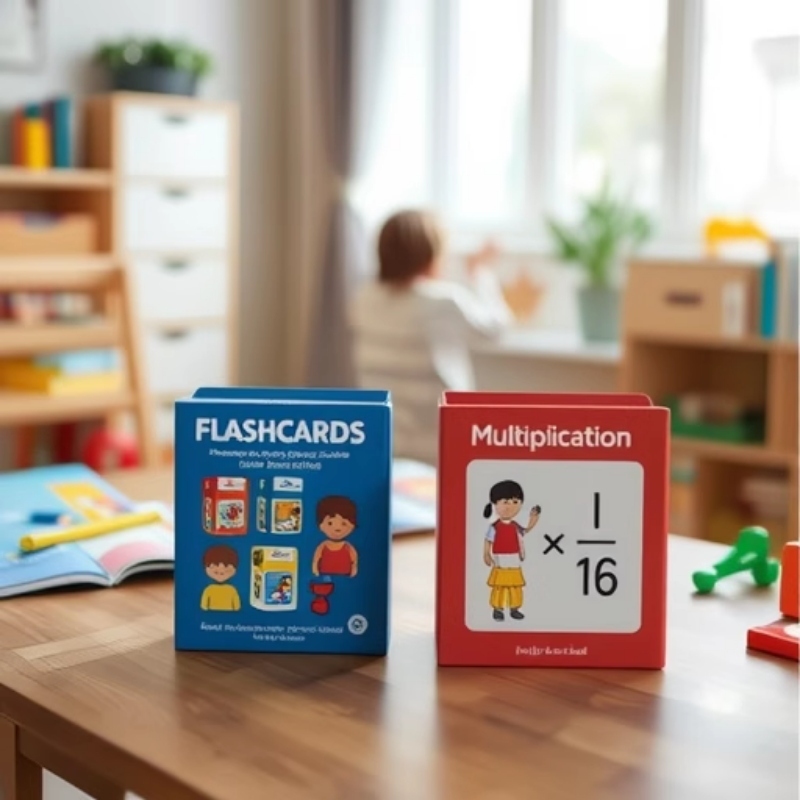
The Lasting Worth of Traditional Children’s Flash Cards in Education
Cognitive Growth Supported by Studies
Children’s flash cards have long been a cornerstone in early learning. They offer benefits that match theories of brain development. These tools are crafted to boost memory, improve visual understanding, and help kids link ideas with images or words. Studies show that repeating information with flash cards strengthens brain pathways. This is especially true for young learners. Such practice is key to locking in basic knowledge and creating a strong mental foundation.
Flash cards also play a big role in learning language. They pair new words with visual hints. This helps kids understand meanings more clearly. The approach ties to the dual-coding theory. It suggests that mixing spoken and visual information boosts learning. Plus, handling flash cards physically can sharpen fine motor skills. This adds to overall brain growth.
Cutting Distractions for Better Focus
One major perk of traditional flash cards is their simplicity. Unlike gadgets with pop-ups or ads, flash cards create a focused learning space. This distraction-free setup helps young kids a lot. They often find it hard to stay on task when there are too many competing signals.
The hands-on feel of flash cards engages multiple senses. This makes learning more vivid. Holding and moving physical cards feels real and less abstract. This matters for early learners. They’re still figuring out the world around them.
Screens in Today’s Education: Chances and Risks
AI Tools for Custom Learning
Adding screens to classrooms has opened new doors for custom learning. AI-driven tools adapt to each student’s needs. They offer tailored lessons and feedback that older methods might miss. For example, apps can track how a child does on tasks. They adjust the challenge level to keep kids engaged but not overwhelmed.
AI tools also bring fun, game-like learning. Features like quizzes, instant feedback, and progress charts encourage kids to dive into their studies. But these tools should work alongside traditional methods like flash cards, not take their place.
Risks of Too Much Screen Time
Despite their perks, too much screen time raises serious concerns for kids. Long hours on screens can lead to shorter attention spans, weaker social skills, and sleep issues. Overusing screens can also cut down on physical activity. It limits hands-on exploration, which young kids need to grow.
Plus, digital content often grabs attention more than it teaches. Bright colors, quick animations, and sounds can overwhelm young learners. This makes it tougher for them to focus on simpler tasks later. Flash cards, on the other hand, offer a balanced approach. They focus on meaningful learning without overloading the senses.
By blending the lasting value of flash cards with the fresh potential of tech, teachers and parents can build a well-rounded learning space. It supports both brain growth and emotional health in kids.
Ways to Mix Flash Cards and Screen Learning
Hybrid Models for Top Engagement
Pairing flash cards with digital tools forms a hybrid learning approach. It maximizes engagement and learning results. Flash cards offer a hands-on, distraction-free way to learn basics. Digital tools bring lively, tailored experiences. Using both methods lets parents and teachers tap into each one’s strengths. This creates a full, balanced learning journey.
For instance, flash cards can teach new words or ideas in a focused way. Digital platforms can then reinforce them with fun quizzes or simulations. This mix keeps kids interested. It also suits different learning styles. Visual, auditory, and hands-on learners all gain something. Plus, switching between physical and screen tasks keeps things fresh. It holds kids’ attention.
Age-Right Tech Use
Mixing flash cards with digital tools works best when tech is used wisely for a child’s age. Young kids gain more from the simple, physical nature of flash cards. These help build motor skills and basic brain abilities. As kids grow and their focus improves, screens become more useful. They can offer advanced features like adaptive lessons that adjust to a child’s progress.
For example, preschoolers might use flash cards to learn letters or numbers. Older kids in elementary school could move to apps with stories or problem-solving games. Watching screen time is key to avoid overuse. Digital tools should support, not control, learning. This balance builds a healthy tech relationship while keeping the proven perks of flash cards.
How Suba Builds Balanced Learning
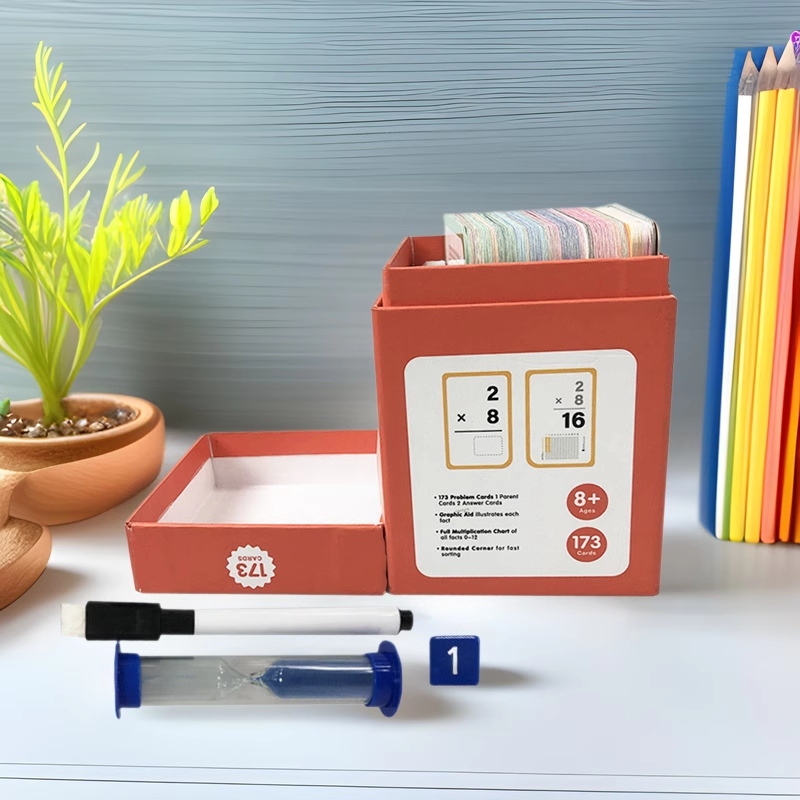
Suba’s Flash Cards Pair with Digital Tools
Suba understands the value of mixing traditional methods with modern tech. Their flash cards are built to work smoothly with digital platforms. This creates a unified learning experience. For example, Suba’s cards often have QR codes or links to online content. These expand on the physical material. Kids can dive deeper into topics through videos, exercises, or virtual trips.
Suba’s flash cards are also eye-catching and simple to use. They’re great for introducing new ideas. Once kids grasp the basics with these hands-on tools, they can move to digital tasks. These reinforce learning through practice. This method boosts retention. It also builds confidence as kids see their growth across formats.
Custom Flash Card Kits
Suba’s customizable memory game card kits stand out. They meet varied learning needs and interests. Parents and teachers can pick topics or themes tied to their lessons or a child’s passions. This creates a personal learning experience. The kits often include blank cards for adding custom content. This sparks creativity and active learning.
These kits are great for tackling specific challenges or goals. A child struggling with math might use a set of number-focused cards. They can pair it with an app offering timed quizzes or step-by-step guides. Language learners can use themed sets with phrases and online pronunciation tools.
By offering both ready-made and custom products, Suba lets users shape their tools to fit specific needs. The flexibility works as kids move through learning stages. This keeps both flash cards and digital resources relevant.
Through smart design and creative blending of old and new methods, Suba shows how balanced learning tools can boost brain growth. They also spark a lifelong love for learning.
FAQ
Q: Why are traditional flashcards still effective for children’s learning?
A: Traditional flashcards are effective because they promote focused, distraction-free learning. They enhance cognitive skills like memory, pattern recognition, and problem-solving through repetition and multisensory engagement. Handling physical cards also builds fine motor skills, which is crucial for young learners.
Q: How do digital screens compare to flashcards for kids’ education?
A: Screens offer interactive, personalized learning through AI-driven tools and gamified apps, adapting to a child’s needs. However, they can be distracting with notifications or overstimulation. Flashcards provide simplicity and focus, making them ideal for foundational skills, while screens excel at dynamic reinforcement.
